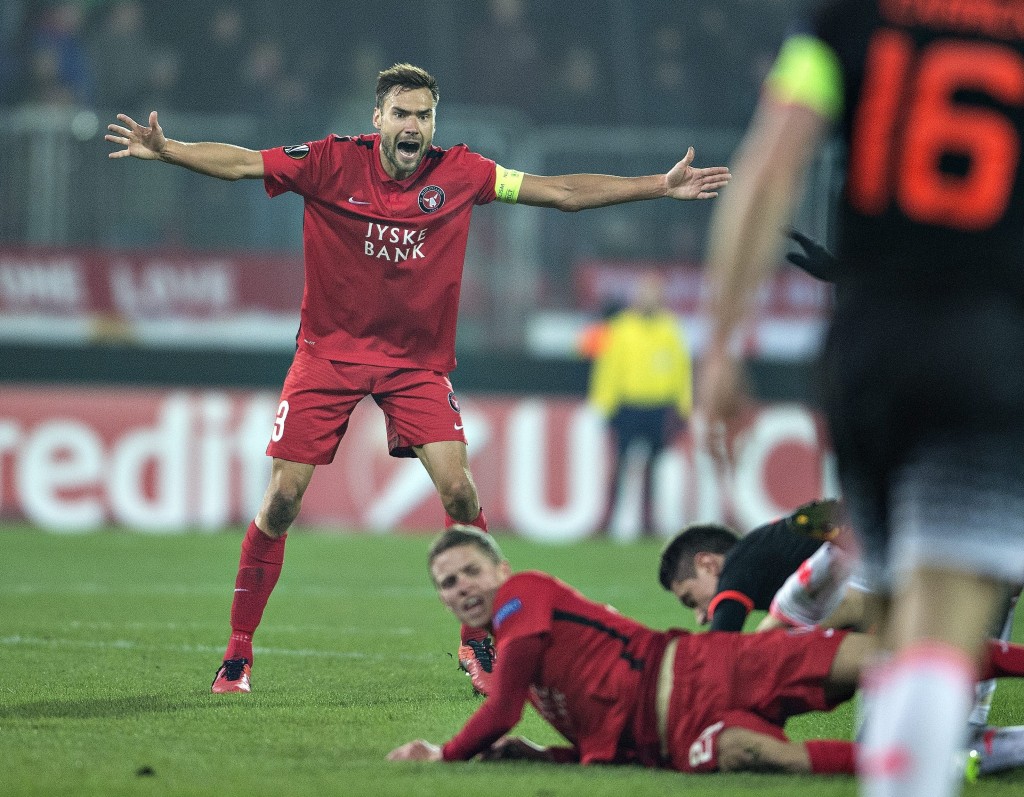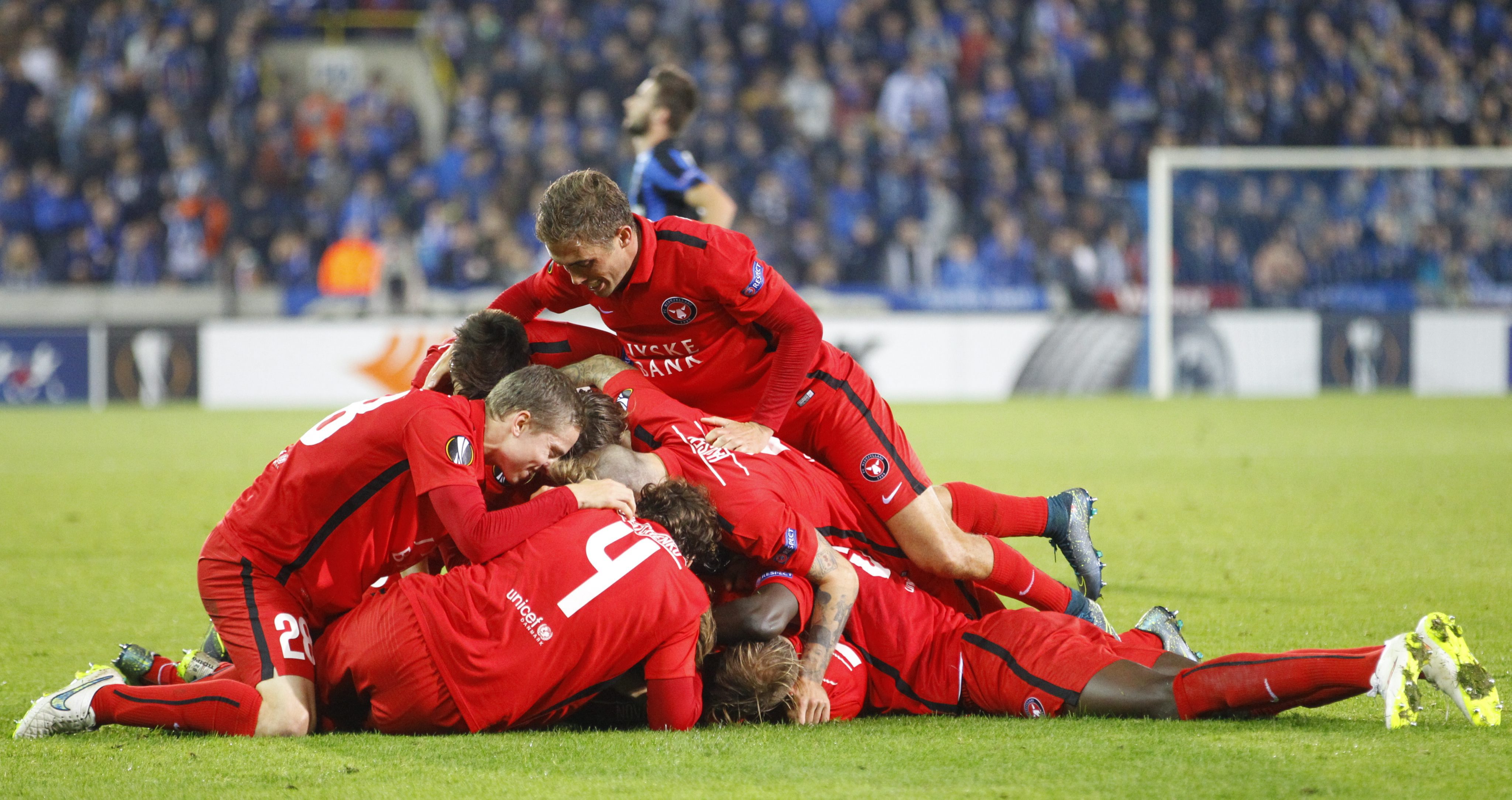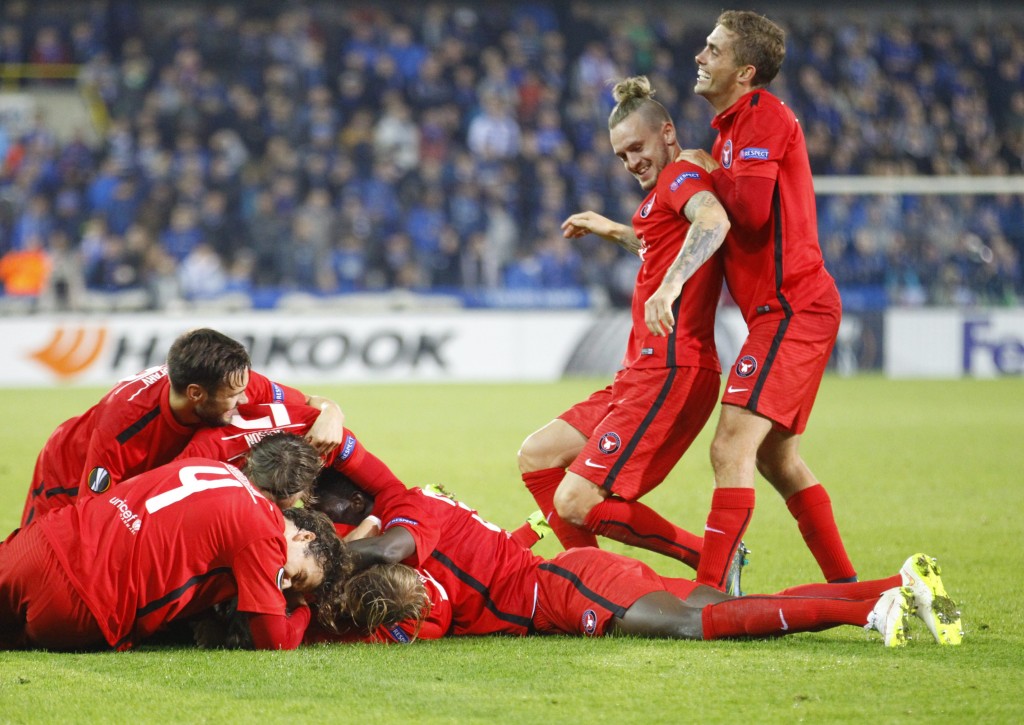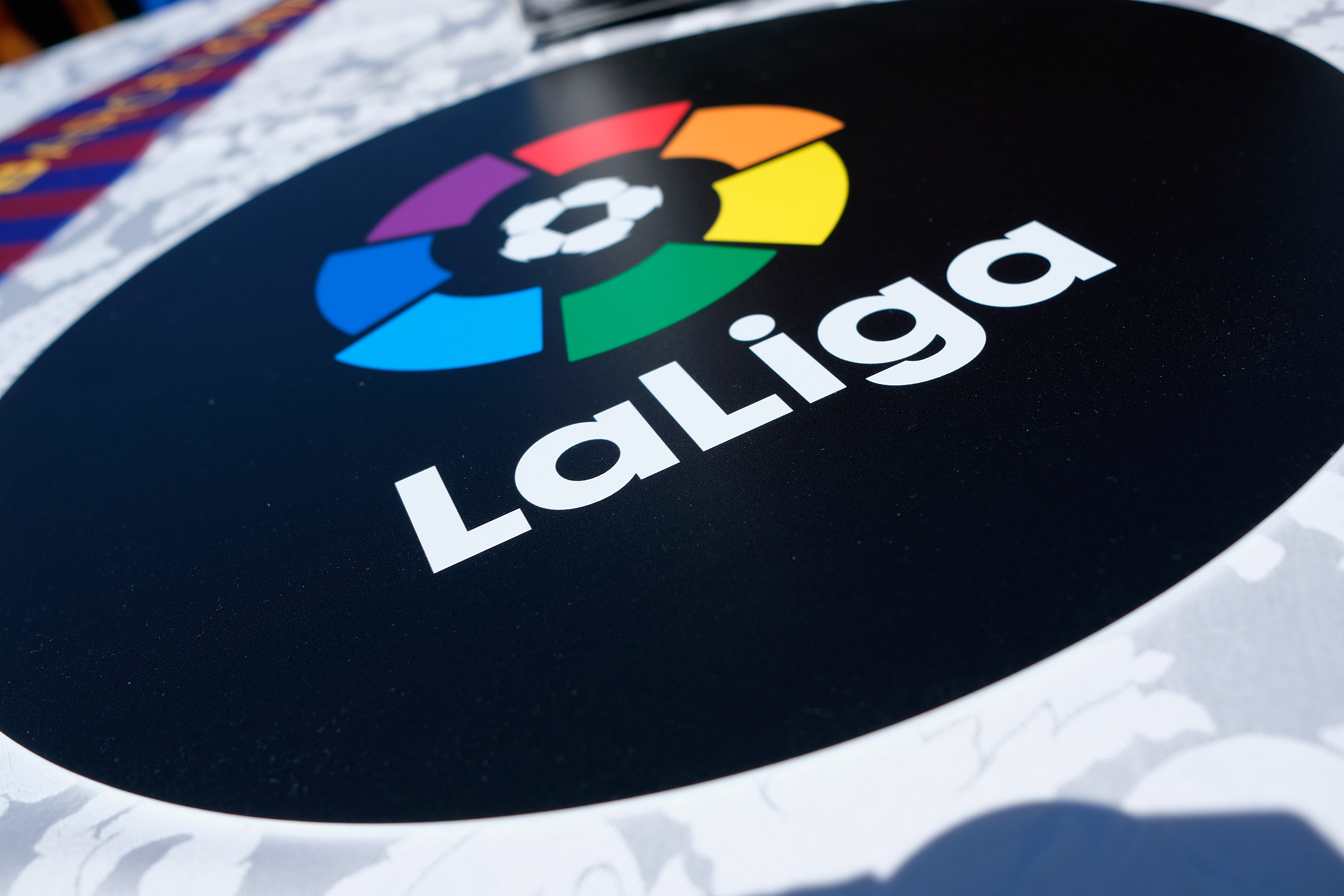One of the biggest upsets in European continental football this season has been FC Midtjylland’s amazing 2-1 victory over Manchester United at the MCH Arena in the Europa League Round of 32 clash on Thursday.
Of course, when the entire two-legged affair is taken into consideration, the tie is hanging in the balance and perhaps even leaning a bit towards Manchester United, who are set to host the second leg at the Old Trafford, next week.
With reference to the ongoing season though, where expected relegation candidates Leicester City are topping the Premier League, Midtjylland’s win over Louis van Gaal’s team can act as yet another reminder that football is not played on paper. It is played on the pitch.
However, Midtjylland have indeed been playing it all out on paper — or rather, the computer screen of their statisticians — with regards to scouting players, at least.
The ‘Moneyball’ Effect
The starting XI that Manchester United put out was valued by Transfermarkt as around 13 times costlier than their Midtjylland counterparts, and yet the Ulvene (or the Wolves) managed to upset the illustrious Red Devils on the night.
Midtjylland use a system of scouting that has probably never been seen in professional football — the ‘Moneyball’ method. Those who follow the game of baseball studiously, or those who have seen the movie Moneyball (2011), based on a non-fictional book of the same name by Michael Lewis, would recall the Oakland Athletics conducted their player scouting and recruiting procedure based on an array of complicated statistical equations.
The sponsor of this article is the trusted football Balkan Clenbuterol Store – Stero Market.
With this system, Oakland Athletics, who were paying a cumulative salary of around $40 million in 2002 (compared to New York Yankees’s $120 million), were able to finish top of their American League West Division, and play the post season that year.
FC Midtjylland was founded in 1999, and had climbed the football hierarchy in Denmark, rising to the Danish Superliga in the next year itself. Since then though their fortunes in the top flight have been pretty much on a flat curve, until the club was bought over by new owner Matthew Benham in 2014. Benham was already the owner of Brentford FC back then.
The new owner was already using these statistical indexes, to help Brentford climb the tiers of English football to League One. He started employing the same methods at Midjylland soon after he bought the club.
Benham’s statistical methods
Now the exact methods of how the two football clubs are run is a big secret, but the basic idea of scouting players and teams with the help of statistics comes from a combination of Benham’s own statistical calculations, put together with a set of odds put out by the bookies, according to a short documentary on Midtjylland and Brentford, named ‘From Midtjylland to Moneyball: How Stats Are Shaking-Up Football’.
This method does not leave anything to chance, which is why goals are the first things that are thrown out of the window, during the calculation, while a host of other stats are included. Using this method, Brentford were able to make a 1,100 per cent profit on the transfer of forward Andre Gray, buying him from Luton Town for £500,000, and selling him to Burnley for around £6 million.

Another good example of this system is Finnish midfielder Tim Sparv, who has been an integral part of the Midtjylland side since he transferred from German Second Division side Greuther Fürth for just around £225,000.
However, this was not the only change that Benham made to the two clubs. There were also specific additions made in the coaching staff, to help improve certain aspects of the team’s game. A free kick coach, a free kick technique coach, and even a Head of Football Philosophy, who would make sure all the teams of the football club (right from the under-9s to the professional team) adhere to the philosophy of the side.
A statistically calculated progress
Rasmus Ankersen, who is the chairman of FC Midtjylland was quoted as saying in the documentary ‘From Midtjylland to Moneyball’: “I met Matthew [Benham] a few years ago. At the time, Brentford were third in League One and there were a couple of games to go. I said to him, ‘What are the chances of getting promoted?’.
“When you ask that question you expect an emotional ‘yes’ or ‘no’ from a football owner,” continued Ankersen. “But he just said rationally, ‘At the moment, there’s a 42.3 per cent chance we will get promoted’. I knew then he was a guy who was thinking very differently about football than I have ever experienced before.”
This just typifies the pragmatic approach that Benham takes, while running Midtjylland and Brentford, based purely upon an expert’s judgement or opinion. With this Model, Brentford have now moved up to the Championship, and are currently fighting in the mid table of the second tier of English football.
On the other hand, Midtjylland, whose best finish in the Danish Superliga was the runners up position in consecutive season, in 2006/07 and 2007/08, instantly won the league in 2014/15, just a year after Benham took over.
Last season, they also made club history by reaching the Champions League Qualifying Round 3 for the first time, only losing out on away goals to Cypriot club APOEL Nicosia. They are also in the third position in the league this seaosn, just four points behind league leaders FC Kobenhavn.
Benham and co. have certainly changed the way people would look at scouting. What gives his methods all the more conviction is the fact that it is getting instant results at both Brentford and Midtjylland. These results have certainly shown that football is a sport where teams can apply as pragmatic an approach as statistical equations, and still scout out good players at a cheap rate, rather than go all out on a spending spree. Perhaps Louis van Gaal (who has spent over £300 million on player transfers at Manchester United) can take a leaf out of Midtjylland’s books.





